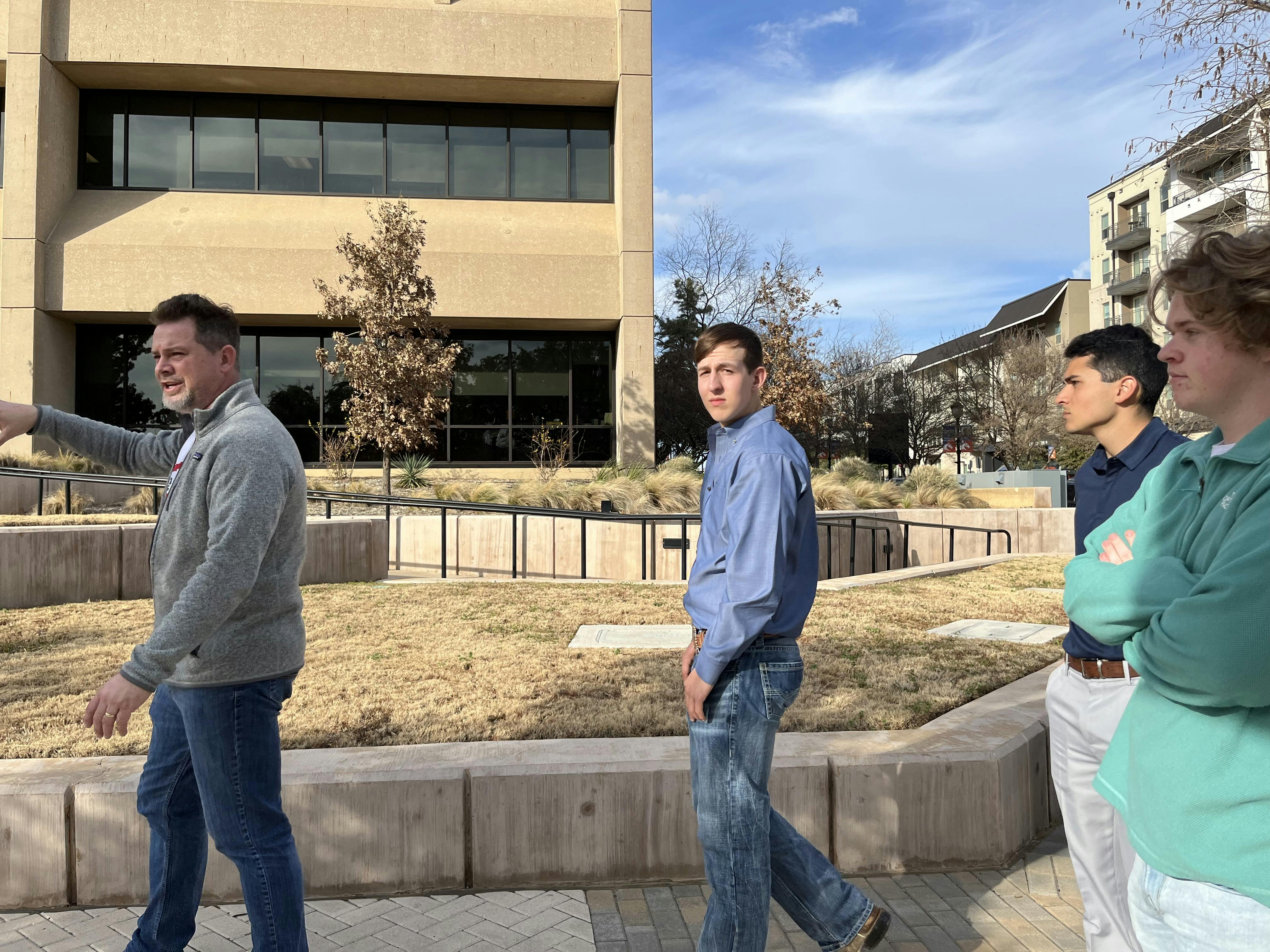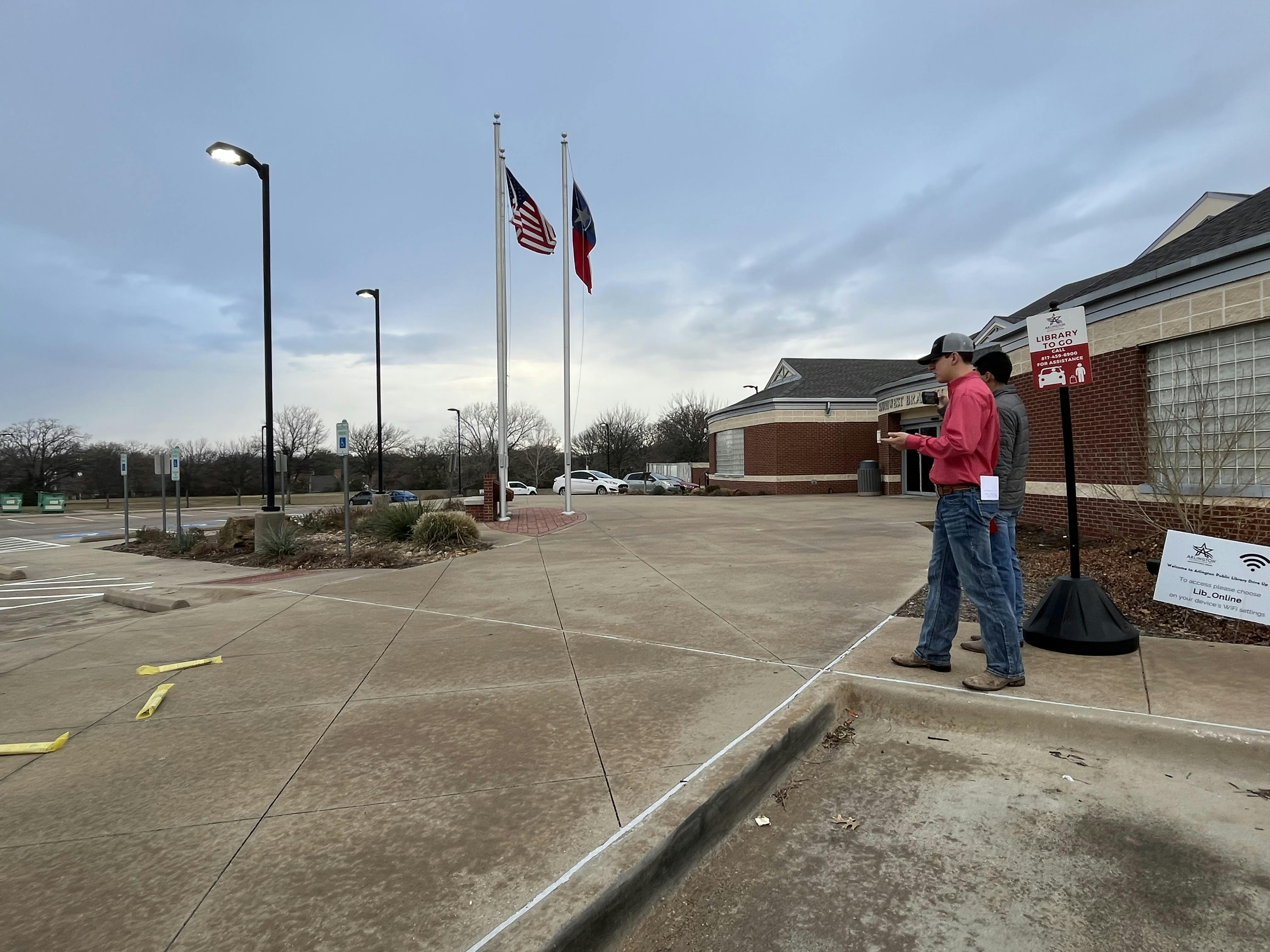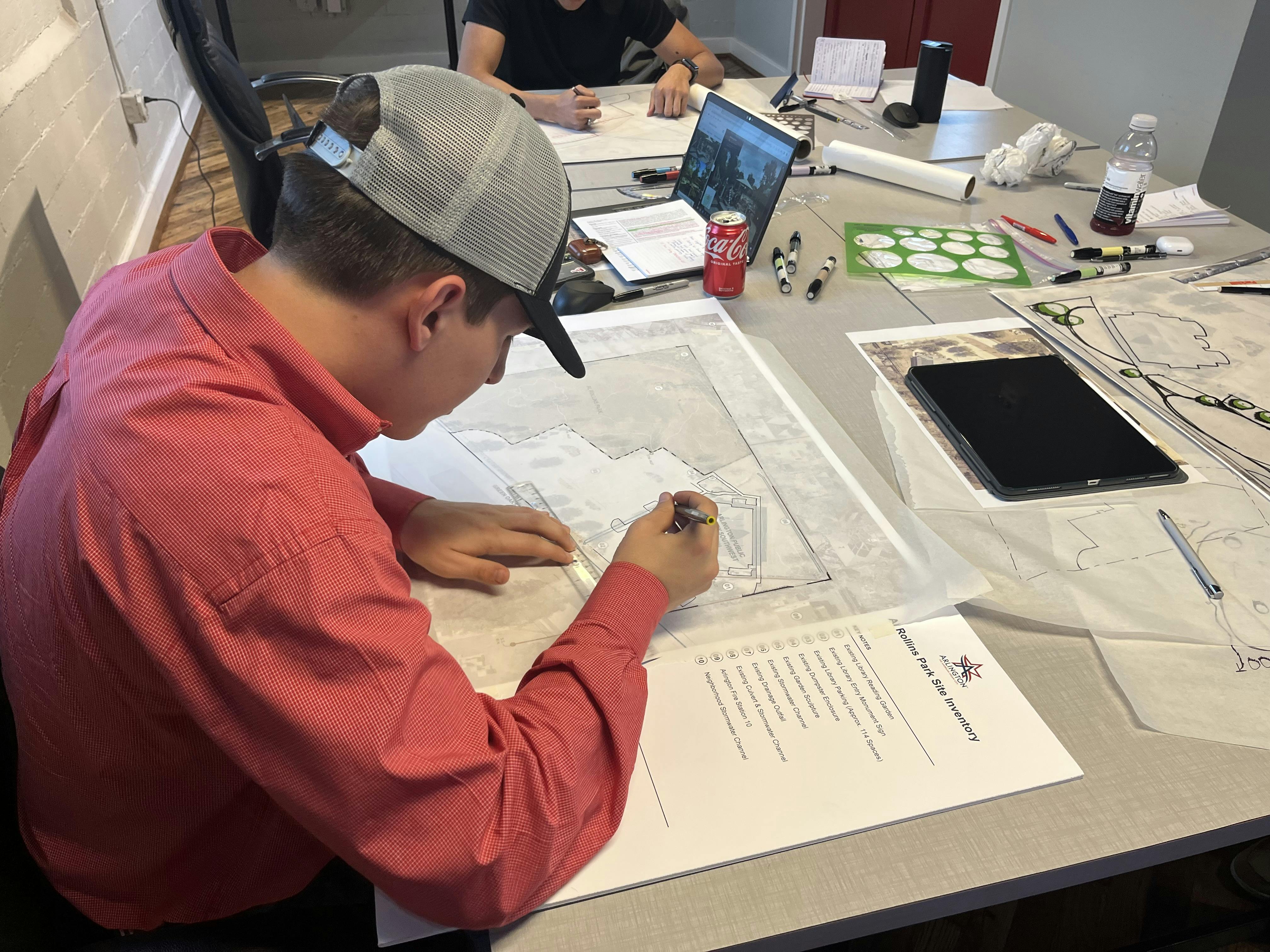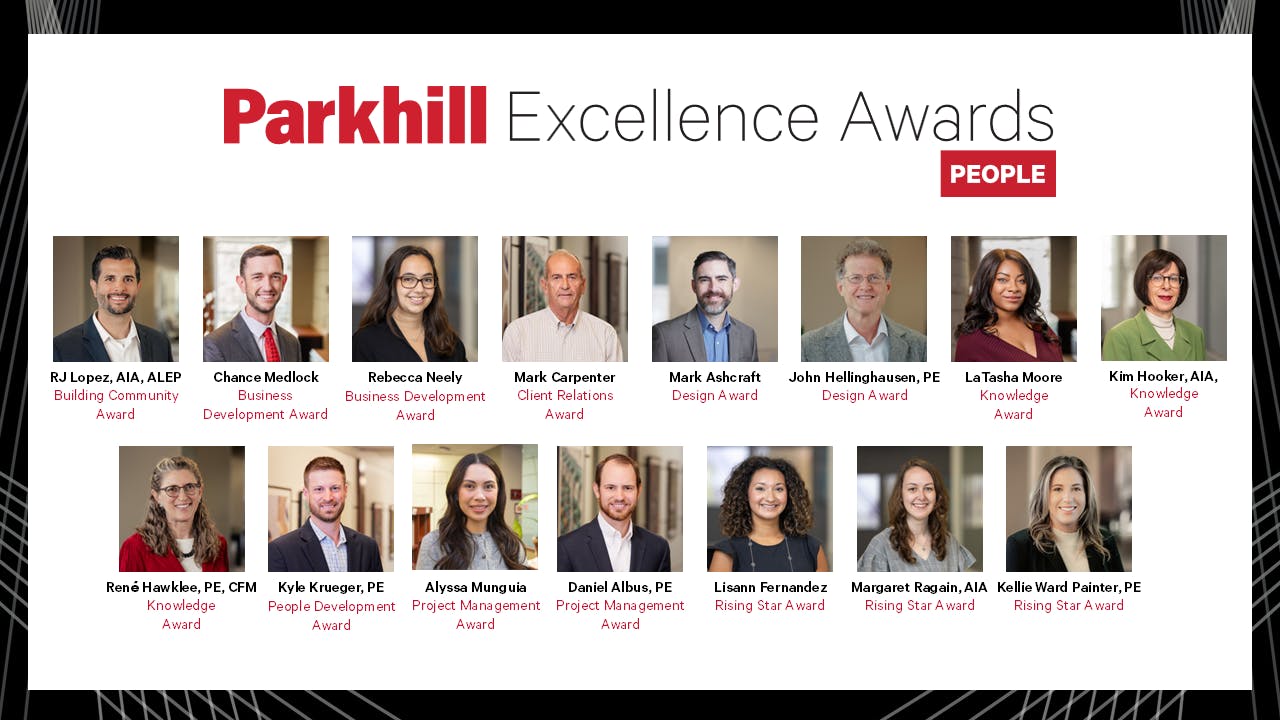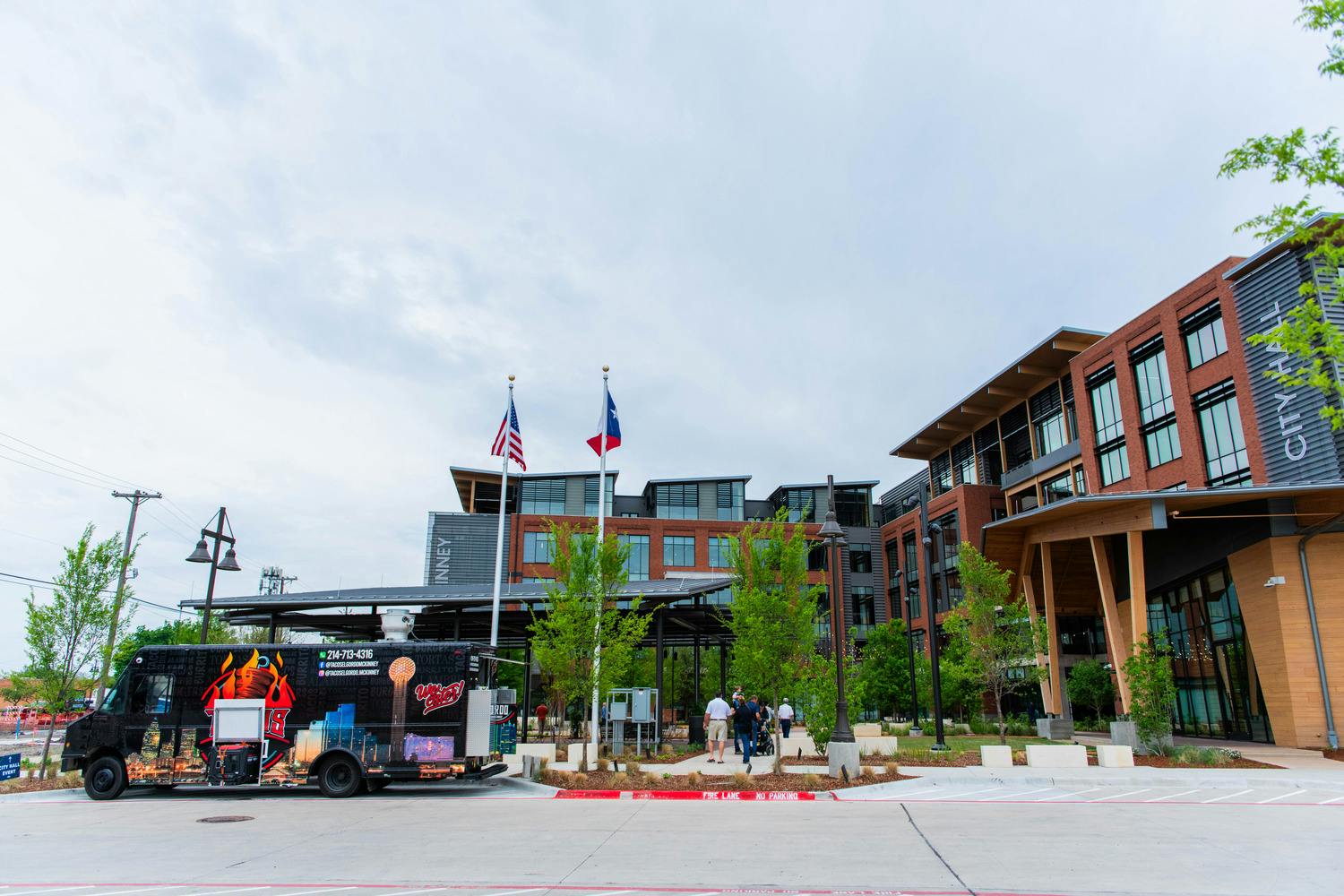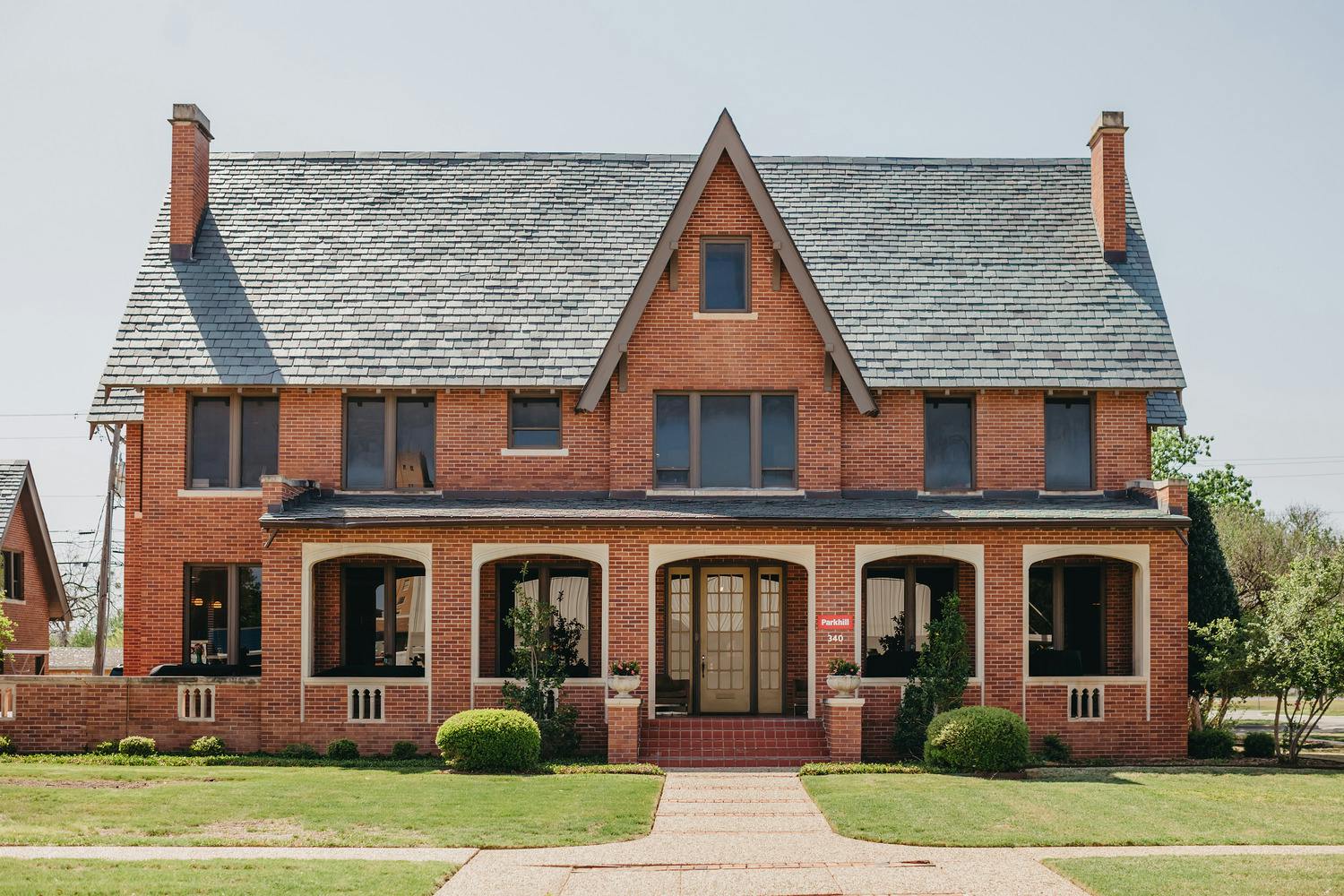A Site’s History Can Create New Beginnings While Honoring the Past
Category: Landscape Architecture
Written By: Latham Huckaby
Date: July 5, 2023

Summer Intern Blog Series: At Parkhill, our internship program gives us the opportunity to shape and mentor the next generation within our industry. These young professionals not only get real life experience and guidance with our architecture and engineering teams, but many go on to have successful careers with us here at Parkhill.
Recently, the Landscape Architecture interns participated in a site visit analysis and conceptual design exercise at Al Rollins Park, a Parkhill pro bono project in Arlington, Texas. Throughout his career, Albert W. Rollins, PE, the namesake of the future park, served as the City Engineer, Director of Public Works, Director of Utilities, and the City Manager of Arlington.
Over the next few weeks, this summer blog series will highlight their experience in their own words as they reflect on the knowledge and insights they gained during their time with Parkhill. During this exercise, each learned about the ideation process from beginning to end and how to collaborate with each other to formulate creative feedback.
I grew up in a rural area in West Texas and spent a lot of time outdoors in natural settings. Prior to my internship here at Parkhill, I attended a very small high school and furthered my education at Texas Tech University. My past experiences growing up in the country proved to be quite useful when I recently participated in a site visit and analysis exercise at Al Rollins Park in Arlington, Texas.
Back to the Community Roots
During the site visit, I discovered that the topography may be a challenge to host many outdoor activities. However, the existing public library had a native planting scheme that had potential to include within the theme and character building of the park.
When starting the design process, I first researched Al Rollins and the deliverables that were recommended to be within the park. Al Rollins was an engineer that helped shape the City of Arlington and the state’s transportation guidelines. Knowing that information helped me identify the direction to go and implement a theme of engineering within the park.
Al Rollins Park is located next to a neighborhood and a public library. After reviewing the public input data, many residents requested areas for certain types of programs as well for a pavilion. When coming up with options for programming choices, it appears that spaces for education, reading, and play would be ideal.
By understanding the past, I can help navigate its future.
Learning From the Land
I originally had an urban design that I wasn’t too thrilled with but could not think of another solution due to my lack of familiarity with urban environments. However, a fellow intern mentioned the word prairie and because of my past experiences in this type of environment, it sparked the inspiration needed to develop my concept for the park.
For this design, I chose to look to the past for inspiration for planting and the theme. This particular site is located in a small biome called the Blackland Prairie. Once known for its abundance of natural grasses and wildflowers, this prairie had been reduced to one percent due to its rich soil for agriculture and urbanization.
Bringing back the history of the land also serves as an educational element as it showcases the vegetation originally established, the native wildlife and its Native American ties. When entering the site in the southwest corner, the story of evolution and engineering starts with indigenous habitats and statues of roaming buffalo.
As you follow the railroad path, you see the start of Arlington’s history, as the city started when the Pacific Railroad Co. built through this location. The pavilion proposed will have the same roof structure as the original train station of Arlington. The next stop on the path of evolution for the Blackland prairie is the modern-day library to represent the urbanization that took place in the region. I believe this site will provide a unique space for education and play for the community and the city.
Exploring New Horizons
This was a fun project to work on because it was a new climate for me compared to the West Texas environment and it allowed me to stretch outside of my comfort zone. My biggest lesson from this project is that I need to look at the history of the land and the people who have and will use it if I really want to get a true sense of a site. By understanding the past, I can help navigate its future.
For more from our Summer Intern Blog Series, check out The Intersection of Creativity and Relevance.
